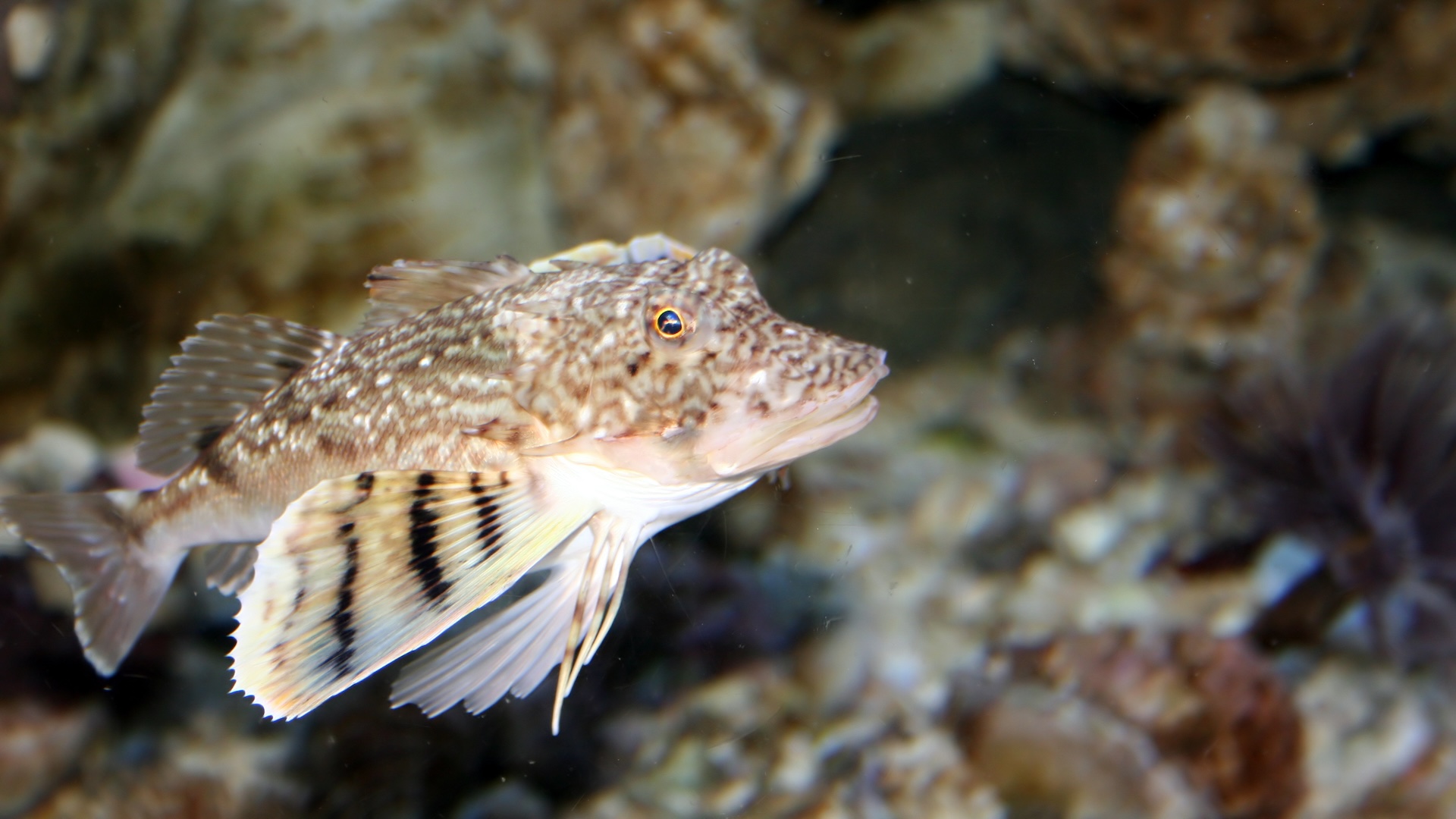Materials, Vol. 16, Pages 4145: Biological Response of Human Gingival Fibroblasts to Zinc-Doped Hydroxyapatite Designed for Dental Applications—An In Vitro Study
Materials doi: 10.3390/ma16114145
Authors: Madalina Andreea Badea Mihaela Balas Marcela Popa Teodora Borcan Anamaria-Cristina Bunea Daniela Predoi Anca Dinischiotu
This study aimed to investigate the biological response induced by hydroxyapatite (HAp) and zinc-doped HAp (ZnHAp) in human gingival fibroblasts and to explore their antimicrobial activity. The ZnHAp (with xZn = 0.00 and 0.07) powders, synthesized by the sol-gel method, retained the crystallographic structure of pure HA without any modification. Elemental mapping confirmed the uniform dispersion of zinc ions in the HAp lattice. The size of crystallites was 18.67 ± 2 nm for ZnHAp and 21.54 ± 1 nm for HAp. The average particle size was 19.38 ± 1 nm for ZnHAp and 22.47 ± 1 nm for HAp. Antimicrobial studies indicated an inhibition of bacterial adherence to the inert substrate. In vitro biocompatibility was tested on various doses of HAp and ZnHAp after 24 and 72 h of exposure and revealed that cell viability decreased after 72 h starting with a dose of 31.25 µg/mL. However, cells retained membrane integrity and no inflammatory response was induced. High doses (such as 125 µg/mL) affected cell adhesion and the architecture of F-actin filaments, while in the presence of lower doses (such as 15.625 µg/mL), no modifications were observed. Cell proliferation was inhibited after treatment with HAp and ZnHAp, except the dose of 15.625 µg/mL ZnHAp at 72 h of exposure, when a slight increase was observed, proving an improvement in ZnHAp activity due to Zn doping.

 1 year ago
35
1 year ago
35


